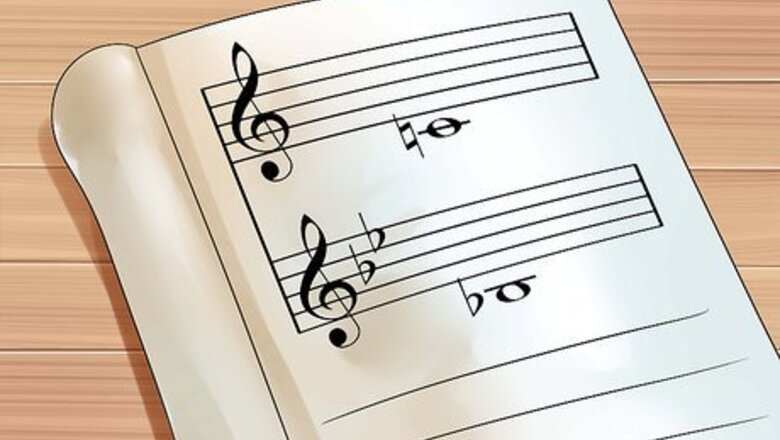
views
Understanding Basic Transposition
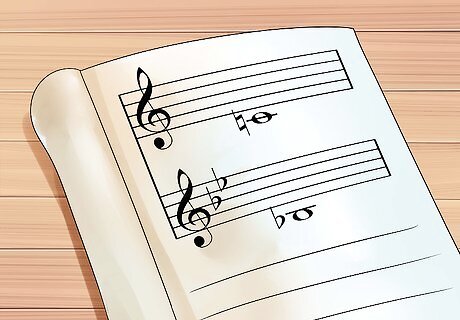
Understand concert pitch. Some instruments, such as the piano and flute, are pitched in what is called concert pitch. When there is a C written in the music, the pitch they play is actually a C. However other instruments, such as the French horn, are keyed in F, meaning that if you play what looks like a C for a piece of piano music, the sound will actually be an F. In order for both a flute and a French horn to play a note that sounds the same, music for French horn, or another F instrument, will need to be transposed into the key of F. Other instruments, such as the Basset horn, the Cor Anglais and the F Alto Saxophone and the Wagner Tuba are also keyed in F.

Understand the relationship between C and F. C is a perfect fifth, or 7 semitones, higher than F. To help you visualize what that means, look at a music staff and count the lines and spaces from C down to F. You will see the following notes: C, B, A, G, F. There are five whole tones comprising the jump between C and F. It may be helpful to look at a keyboard, or even a picture of a keyboard as you count whole and semi tones. Pictures of keyboards with the names of notes labeled can be found online to help you gain a visual of what you're doing.
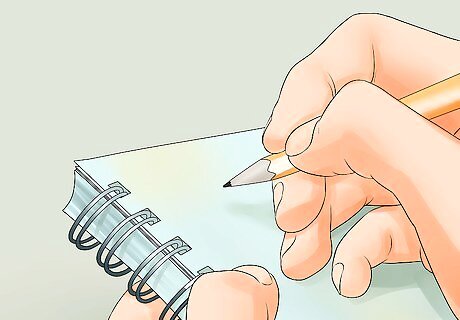
Create a cheat sheet. Rather than figuring out what a perfect fifth would be again and again, write down the relationship between each note on a cheat sheet in two columns. Begin with the note C. If C is the bottom of the scale, and you want to transpose to F, then F should be the bottom of your transposed scale. C becomes F, because F is five whole tones below C. Now go up a half step. C# becomes an F#, because you need to maintain the ratio of five whole tones or seven semi-tones.

Look for difficult pairings. In C to F transposition, there will be two times in the scale when one note in the pairing has a sharp and its companion does not. On a piano, this will mean one white note and one black note will be played to make a fifth. In the key of C, the note F will become an A# (Bb) when you transpose to the key of F. In the key of C, the note F# will become a B natural when you transpose it to the key of F.

Test your cheat sheet. Make sure that you have not made any mistakes by reading or playing both scales that you have written. Are there any notes left out or repeated? If you are at least somewhat familiar with a piano, try playing your paired fifths. The note ratio should sound the same for every pair you have made. If not, you've made a mistake!
Applying Transposing Skills To Music
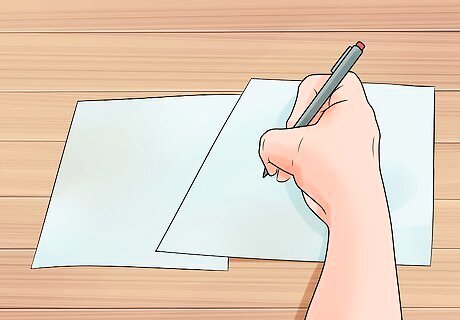
Prepare practice materials. Initially in transposing it will be helpful to you to write out what you're doing. Print or draw an empty staff of music for yourself to try drawing in notes. Find a simple piece of music keyed in C for you to practice transposing. Using music designed for beginners, with few accidentals, will make it easier to get the basics. Beginner piano or flute music featuring simple well-known tunes such as Twinkle Twinkle Little Star may be a good place to start. Avoid using an advanced piano score, which will likely include chords that will make it harder to practice at first. Try something simple with only single notes instead.
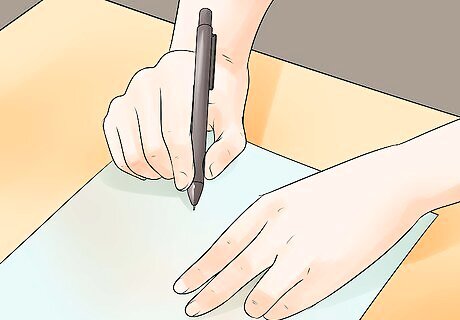
Try writing out your transposed notes. For example, in C the first line of Twinkle Twinkle Little Star will be CC GG AA G. When you transpose it, it should be FF CC DD C, because that notation is exactly five whole tones lower. Use your cheat sheet to check your work.

Play what you have written. Use your instrument to run through your transposed music. Remember to play what you have actually written rather than simply playing by ear. This step will help you to catch errors. You will quickly realize a mistake if you accurately play what you have written and it does not sound like the original tune.
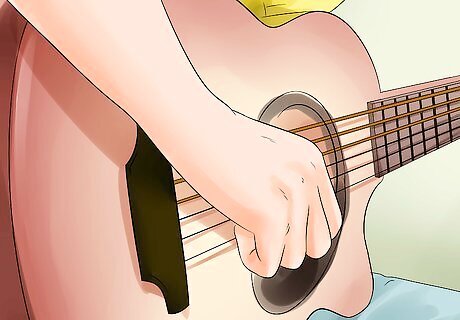
Increase the complexity of the score. Once you feel comfortable transposing very basic music, try to transpose something more complex. A duet scored for two flutes will provide you with an opportunity to try transposing both a melody and a harmony line. It may not be immediately apparent if you make a mistake, so invite a friend to play your transposed duet with you to test if it sounds correct.

Remember to transpose accidentals properly. Once you feel confident in transposing you may assume you know at a glance what a transposed note should be. However, if the note is an accidental (has a # or b sign that puts it out of the usual C scale) you will need to make sure you transpose it correctly. Accidentals are easy to overlook, but make a big difference in whether the piece sounds good or not.
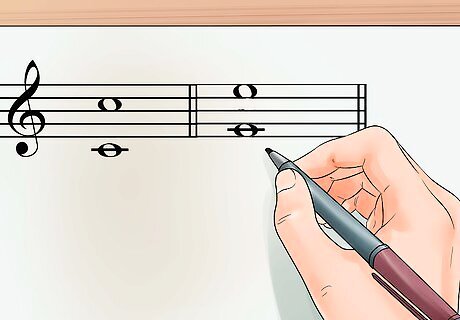
Move the piece up or down an octave. Once you have transposed your music you may still find the range to be off. For example, a soprano singer would find notes transposed to the F below middle C very low for her range, and more appropriate to a tenor. In that case she would move the entire piece up an octave, so it is still in F but in a higher range.

Practice transposing in your head. With time you may be able to skip writing down your transposition, quickly calculating in your head what each note should be. When you become familiar with the principles of transposition, try to transpose simple music without making any notations.














Comments
0 comment